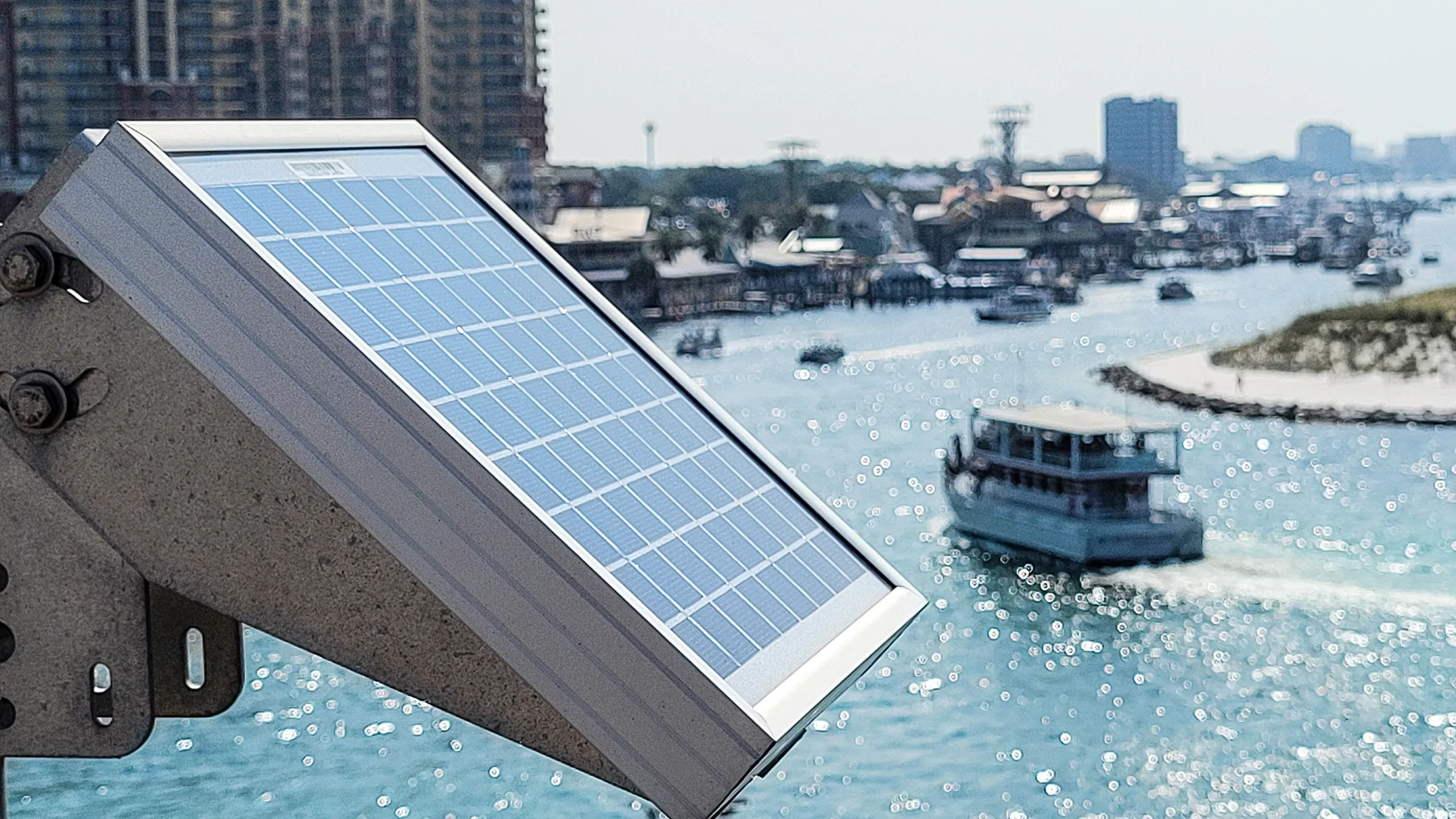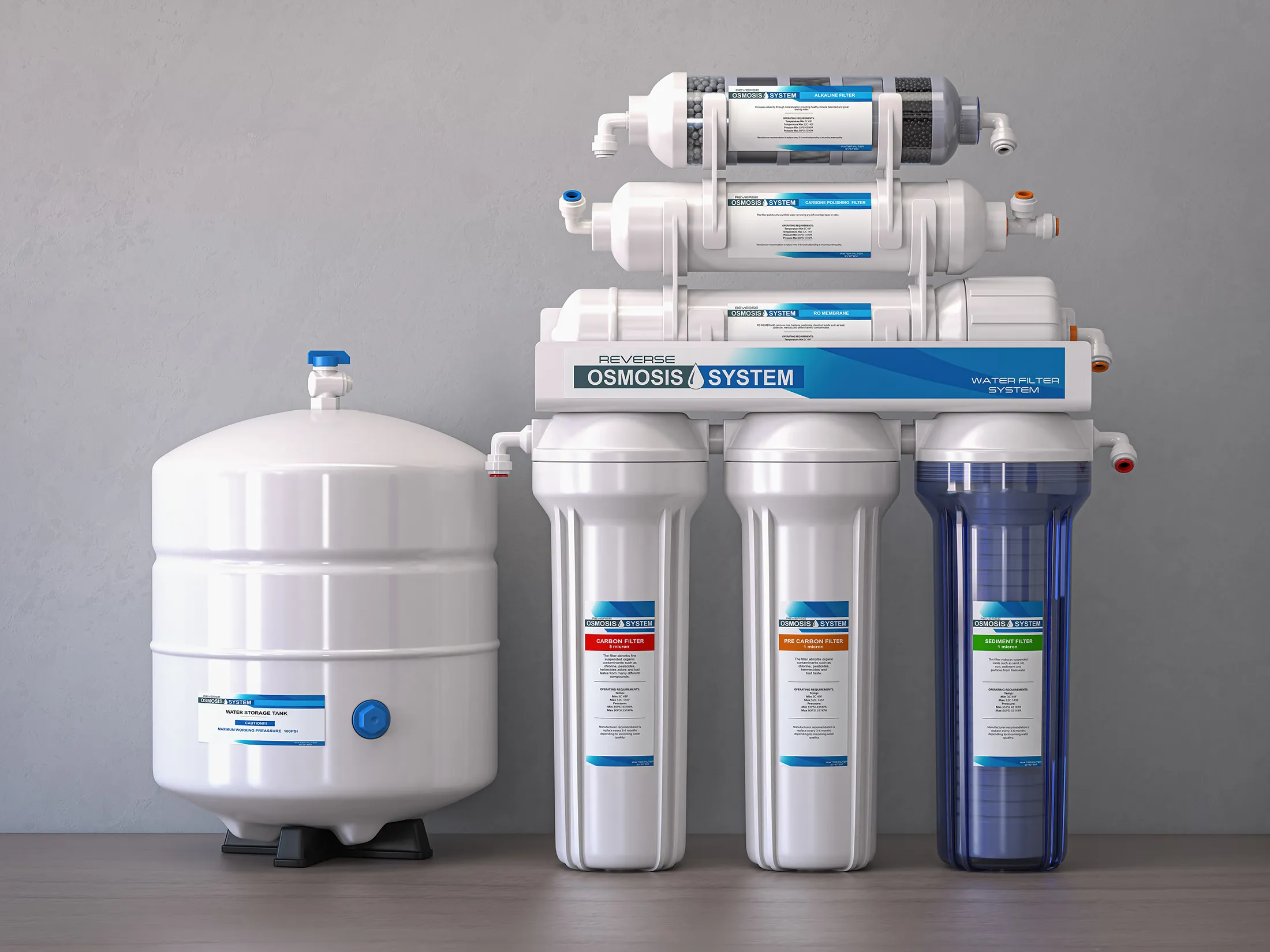Home desalination systems can offer several advantages for people living in areas with limited access to clean water. The most immediate and critical advantage is access to a reliable source of clean drinking water. Marine desalination systems can remove salt and other contaminants from seawater or brackish water, providing a safe and potable water source. While large-scale desalination plants can have environmental drawbacks, home water desalination systems can be more sustainable when designed and operated efficiently. They can help reduce the pressure on ecosystems and freshwater sources, as well as minimize the carbon footprint associated with transporting water over long distances. If you are interested in learning about desalination kits for homes, we manufacture desalination machines for homes, and we are here to assist you. Continue reading below to learn more from ECHOTec Watermakers.
Environmentally Friendly Desalination Equipment for Home
Solar desalination refers to the process of using solar energy to produce fresh water from saltwater (typically seawater) or brackish water. Solar desalination relies on abundant and renewable solar energy to power the desalination process. Solar panels or solar thermal collectors convert sunlight into electricity or heat, reducing the dependence on fossil fuels for energy, which contributes to a reduction in greenhouse gas emissions and mitigates climate change. This energy is later used to power desalination kits for homes and desalination systems for homes. This way to power desalination kits also lowers low carbon emissions. Solar desalination systems produce minimal to no direct greenhouse gas emissions. This contrasts with some conventional desalination methods, such as fossil-fuel-powered processes, which can emit significant carbon dioxide and other pollutants.
For people who want to use water desalination machines for homes, a good motivator to power them using solar energy would be the reduced costs it provides. By harnessing solar energy, the operational costs of desalination can be significantly reduced, making the production of fresh water more affordable in the long run. This can be especially beneficial in regions where energy costs are high.
What Forms Part of Desalination Systems for Home Use?
Some of the key components of these systems include intake systems, pre-treatment, reverse osmosis membranes, presser pumps, and storage tanks. A short description of these components can be found below:
- Intake systems – This is the part of the system responsible for collecting seawater or brackish water from a nearby source, such as the ocean or a well.
- Pre-treatment – Before desalination can occur, the water often goes through pre-treatment processes to remove larger impurities like debris, silt, and other solids. Filtration, screens, and settling tanks are commonly used in this stage.
- Reverse osmosis membrane – Reverse osmosis is one of the most common desalination methods used in home systems. The RO membrane is a semi-permeable membrane that allows water molecules to pass through while blocking salt and other impurities.
- Pressure pump – RO systems require a pump to push the seawater through the membrane at high pressure.
- Storage tanks – The desalinated water is usually stored in a tank until it is needed.
More About ECHOTec Watermakers
ECHOTec Watermakers is one of the most experienced manufacturers of desalination machines for home use and sailboat desalination systems. We pride ourselves on making watermakers that are compact and effective. Contact us today to learn more about desalination for home use or watermakers for yachts.


